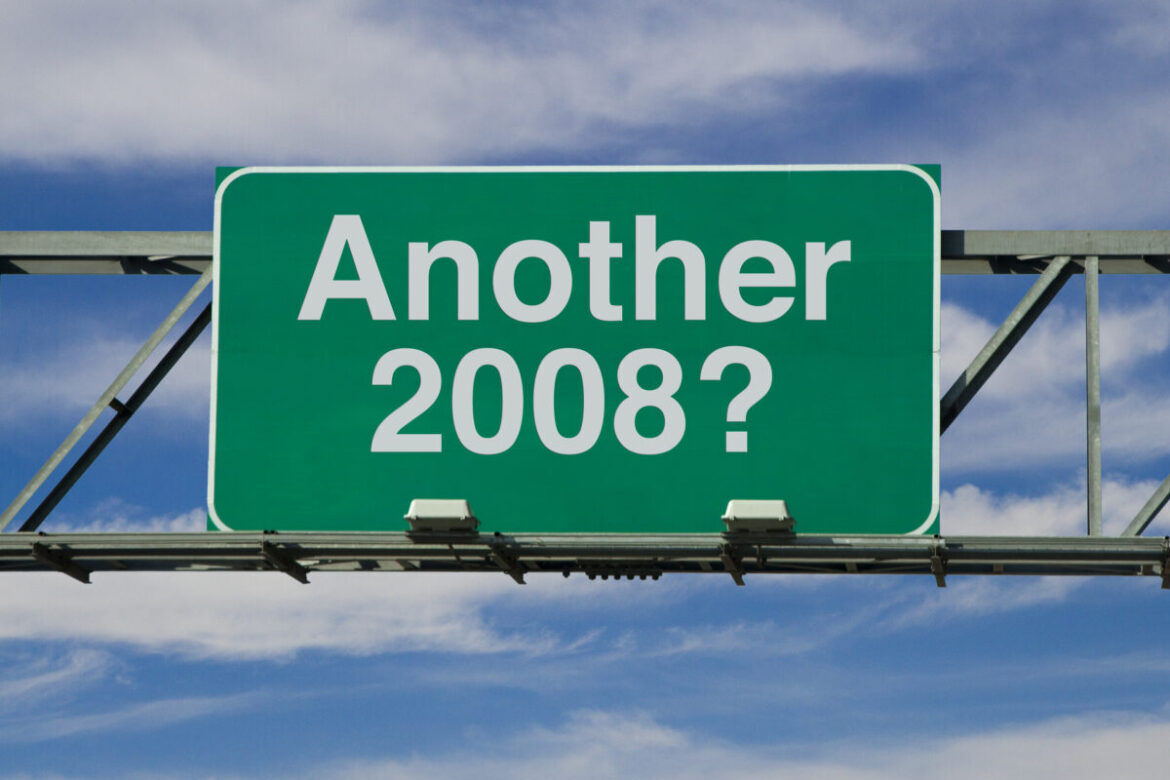There has been an abundance of financial uncertainty over the last few years. First, there was the pandemic; when we thought we had just about recovered some stability from that, the cost-of-living crisis hit an all-time high, causing many to once again panic financially. So what can we do? Is there any way we can learn from the past to best prepare for the turbulent times ahead?
Liz Ruddick, principal consultant, FICO examines the impact of the current financial crisis against the crash of 2008.
As the UK economy transitions from the pandemic to the cost-of-living crisis, is there anything that can be learnt from how the 2008 financial crisis impacted credit card usage?
Since 2010, there have been many regulatory changes affecting credit card usage, with the aim to control bad debt and protect customers struggling financially. As a result, the percentage of customers missing credit card payments is a lot lower now than in 2008; the percentage of payments to balance is also significantly higher.
The other difference is the level of savings that have been accrued during the pandemic. The multiple lockdowns from the end of March 2020 through 2021 drastically reduced consumers’ ability to spend. The average balance decreased in the first lockdown by £100 between March and June 2020 and FICO data has shown that consumers were able to pay off more of their outstanding balances overall. Plus, whilst in the months after restrictions ended sales increased to a high of £760 in December 2021, there remained continued strong percentage of payments to balance.
Today though, inflation is at a 40-year high at 9.8 per cent, primarily driven by a surge in energy costs. In 2008, it reached a peak of 4.5 per cent. We are also seeing a fall in real wages with living standards falling at the fastest pace in nine years, and consumer confidence is at its lowest level since records began in 1974, even lower than in 2008.
There are, therefore, three key trends that lenders and wider economy watchers should be monitoring:
- The percentage of customers missing one payment is slowly starting to rise and is expected to increase if the cost-of-living crisis continues.
- Over the next few months, the average unpaid balances are expected to rise, with a subsequent knock-on effect to the overall average balance.
- If unemployment rises in the next few months, this would make crisis spending on cards more likely, and could lower the percentage of balance paid each month.
Average spend
Before the financial crisis of 2008-2009, average spending had been steadily rising with the same increasing trend seen before the pandemic hit. During 2008-2009 and in the first year of the pandemic, spending dropped with a higher decrease during the pandemic because of the restrictive lockdowns.
Increased savings and the relaxation of restrictions resulted in a steep increase in spending between 2021-2022 but if we look back to 2009, this uptick in spending was also seen and continued up until 2012. At this point, regulations were being implemented giving the consumer more ‘rights’ and improved customer control. This impacted credit card limits as issuers were not allowed to automatically increase a customer’s credit limit but had to offer the increase, and greater emphasis was placed on whether the customer could afford this increase to their limit.
Percentage of payments to balance
This is currently at an all-time high with over 40 per cent of the balance being paid each month and has risen by 10 per cent since just 2021, again because many consumers have more savings they can tap into. This percentage has been increasing steadily over the past few years but back when the financial crisis hit, around 25 per cent of the balance was being paid each month.
Over the next few months, it is expected that this percentage will drop, and this will affect average credit card balances. Will the practices necessary to manage persistent indebtedness cause a false impression if more customers are forced towards minimum payments and are therefore moved out of cards to other products, or migrate to using ‘Buy Now Pay Later’?
Average balances
Since the pandemic hit, the average balance is lower than at any point since 2006 but as the percentage of payments to balance is expected to reduce, this will increase the average balance. As spend decreased during the financial crisis we saw a rise in overall average balances with an increase in missed payments also seen.
Number of customers missing payments
Missed payments will impact the overall average balance. Currently, the percentage of customers missing one and two consecutive payments is low and this has been steadily decreasing for many years, even during the 2008 financial crisis. In 2006, just under six per cent of accounts had missed one payment. In 2008 it was 5.25 per cent with 4.62 per cent in 2009. Before the pandemic, there were 2.37 per cent of accounts missing one payment.
Average amount of missed payments
Although the percentage of customers missing payments continued to decrease, even during the financial crisis, the average balance of these missed payments significantly increased between 2008-2009 as the recession of 2009 took hold. Between 2010-2015, missed payment balances decreased significantly; although they increased steadily between 2016-2020. In 2022 the average balance of one missed payment is £2,000, which is £900 lower than in 2009. Payment holidays helped to keep missed payment balances low during the pandemic but over the next few months, these balances are expected to rise, with a subsequent knock-on effect to the overall average balance.
Image and article originally from thefintechtimes.com. Read the original article here.

